Sawfly Slugged Rose Leaves
henry_kuska
7 years ago
Featured Answer
Sort by:Oldest
Comments (7)
nat1611
7 years agoVaporvac Z6-OhioRiverValley
7 years agolast modified: 7 years agoRelated Discussions
Rose slug/holes in leaves/ info with pics
Comments (26)Wonder what they are? Post some pictures and I'll see what I can do. I make no promises about giving you species names, but I might be able to give you a general idea of what you're seeing. I've seen some smaller, tiny bees on the rose leaves also. There are MANY species of solitary bees, and most of them are very small. They're probably interested in collecting rose pollen to feed to their babies. It's not unusual for bees like this to collect pollen & nectar, make a ball out of the pollen (using the nectar as the binding agent), lay an egg on the ball, and then seal the whole thing inside a chamber and do it all over again in the next part of the tunnels they've already created. Native solitary bee species often live that way. The babies take a year to become adults, and so show up the following year to repeat the cycle. Some parts of the season they seem more agressive than others. Yellow jackets are more aggressive in late summer/early autumn because their source of food in the nest is diminishing. After they feed those killed insects to the babies back in the nest the babies secret a sugary fluid which the adults eat as food. That works great at this time year since the nest is growing in population and so there are more babies on the way then there are adults now (creating a situation in the nest where the adults have access to lots of food). By the end of the summer the queen isn't laying so many eggs as now, and so there are lots of adults, but fewer babies to rear (and thus less food in the nest for the adults). That means the adults have to look for sugary stuff outside the nest to satiate their hunger. That's why they become an aggressive nuisance at Labor Day cookouts & picnics....See MoreIs there a difference between a rose slug and a sawfly?
Comments (7)Look for a small green worm not longer than an inch in length coiled up on a stem or leaf, or chomping away on one of the leaves. One poster showed that just tossing them onto the ground does not really solve the problem as they do craw back to the plant. Best to just pinch them. Check the new growth as the female fly tends to lay her eggs onto the new growth....See MoreOK to leave sawfly larvae? Am I crazy??
Comments (14)I've been experimenting with planting French Marigolds around our roses. Last year was my first year of experimenting and things went very well so this year I have planted Marigolds again to see what happens... Previous years I used Safer Insecticide Soap and Spinosad with success... I recommend spraying the underside of leaves but also the top side of leaves and canes... And I recommend spot testing the bush before applying to entire bush......See Morerose slugs...can I cut off affected leaves???
Comments (9)Thanks jim and seil zone. There is still a LOT of green in the leaves. Very few have been totally skelotized. So I'll just leave them on. Yes, I did spray undersides the best I could. I'm going to spray a few more times at least. My soap instructions says I can spray again a day after first using but I'm not so sure. Would you do that? Or better to wait a few days between sprays? seil...I read that Sevin and Malathion and a few others work. We have so many bees around yard I hate to use this stuff though. I did however read, as far as bees go, that it would be OK to use these after they go to bed, whatever time that is lol. If things worsen I'll try this and hope I don't kill off to many good bugs. THANK YOU for your thoughts. Appreciate you taking the time....See MorePatty W. zone 5a Illinois
7 years agonikthegreek
7 years agolast modified: 7 years agoeweandbee
7 years agoeweandbee
7 years ago
Related Stories
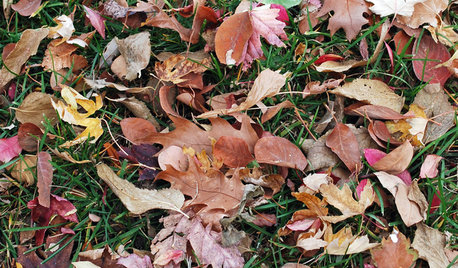
FALL GARDENING5 Ways to Put Fall Leaves to Work in Your Garden
Improve your soil and yard the organic way with a valuable garden booster that grows on trees
Full Story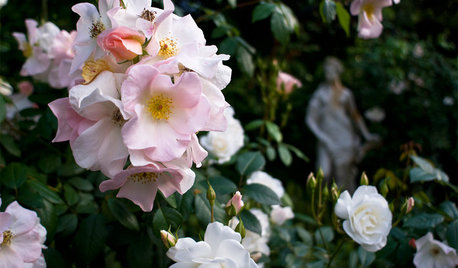
WINTER GARDENINGPruning Secrets for Exquisite Roses
Encourage gorgeous blooms year after year with this time-tested advice on how to prune your rosebush in winter for health and shape
Full Story
GARDENING AND LANDSCAPINGBid Bad Garden Bugs Goodbye and Usher In the Good
Give ants their marching orders and send mosquitoes moseying, while creating a garden that draws pollinators and helpful eaters
Full Story
FALL GARDENING7 Reasons Not to Clean Up Your Fall Garden
Before you pluck and rake, consider wildlife, the health of your plants and your own right to relax
Full Story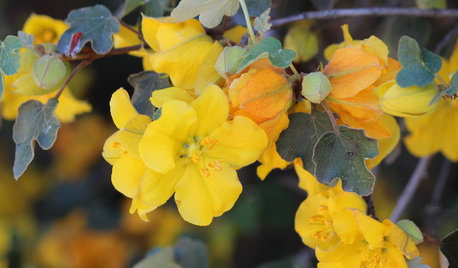
CALIFORNIA GARDENINGCalifornia Gardener's May Checklist
Only one major chore but a plethora of planting possibilities means a delightful month in California gardens
Full Story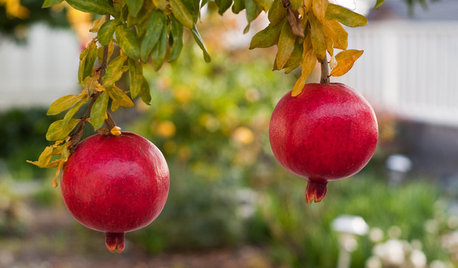
GARDENING GUIDESNorthern California Gardener's October Checklist
It's still a great time to plant flowers, vegetables and even bulbs in California gardens this month, thanks to predictably mild weather
Full Story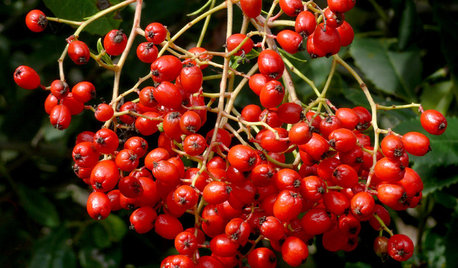
GARDENING GUIDESCalifornia Gardener's December Checklist
Let California's version of holly brighten the winter landscape — or consider another holiday performer from the whole host of choices
Full Story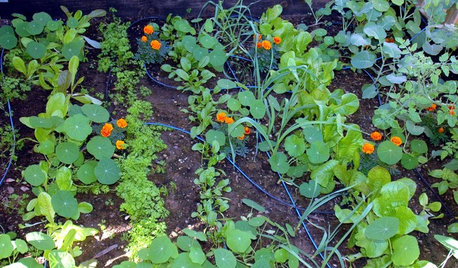
EDIBLE GARDENSGarden BFFs? Why Your Vegetables Are Begging for Companion Plants
Foster friendships among plants for protection from pests, pollination support and color camaraderie
Full Story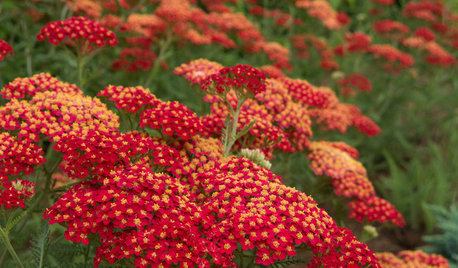
GARDENING GUIDESTop 12 Summer-Blooming Perennials for Deer-Resistant Drama
Can you have garden color, fragrance and exciting foliage with hungry deer afoot? These beauties say yes
Full Story
EDIBLE GARDENSHow to Grow Your Own Sweet Summer Crops
This guide will help any gardener get started on growing the freshest warm-season veggies and berries for summer
Full Story


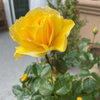
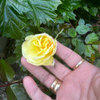

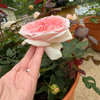
jim1961 / Central Pennsylvania / Zone 6